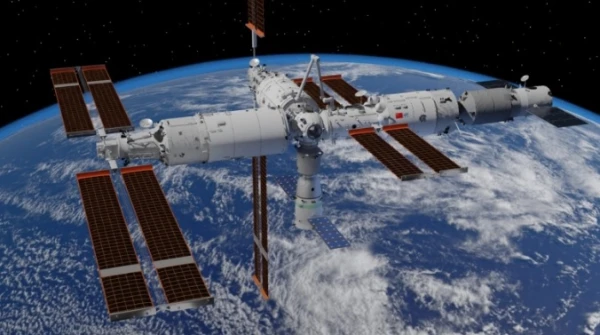
In its nearly half-century history, the Voyager-1 probe has been able to see the gas giant Saturn, enter interstellar space, and the spacecraft continues to set new records, writes Focus.
According to NASA, in less than a year, Voyager-1 will reach another important milestone in its history. On November 15, 2026, the spacecraft will officially be at a distance of one light day from Earth, writes Popular Science.
In astronomy, distances are often measured in light years. For example, the closest star to the Sun, Proxima Centauri, is located 4.2 light years away. In other words, it would take more than 4 years to reach this star if traveling at the speed of light.
Although Voyager-1 is not moving at the speed of light, it is still flying very fast. For decades, the spacecraft has been traveling at a speed of about 17 km per second, adding 3.5 astronomical units (the distance between the Earth and the Sun) to its distance each year.
As Voyager-1 flies further and further away, NASA engineers are taking more time to communicate with the spacecraft. For example, last year, repairs to the spacecraft took weeks because each transmitter on Voyager-1 required more than 23 hours to cover the billions of kilometers to Earth and back.
In November of next year, Voyager-1 will be 26.3 billion km from Earth, which is the distance light travels in 24 hours.
NASA hopes to continue to maintain communication with the spacecraft despite issues with its equipment. Even if Voyager-1 does not encounter any more technical problems, its three radioisotope thermoelectric generators will finally run out of power sometime in the 2030s.














Leave a comment